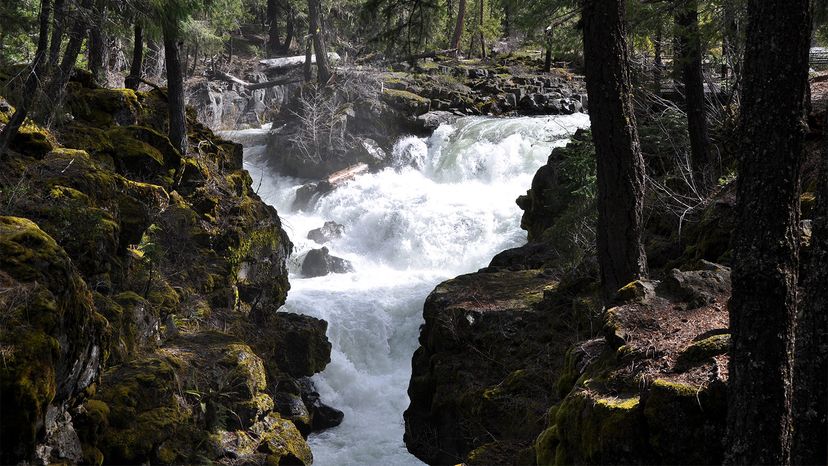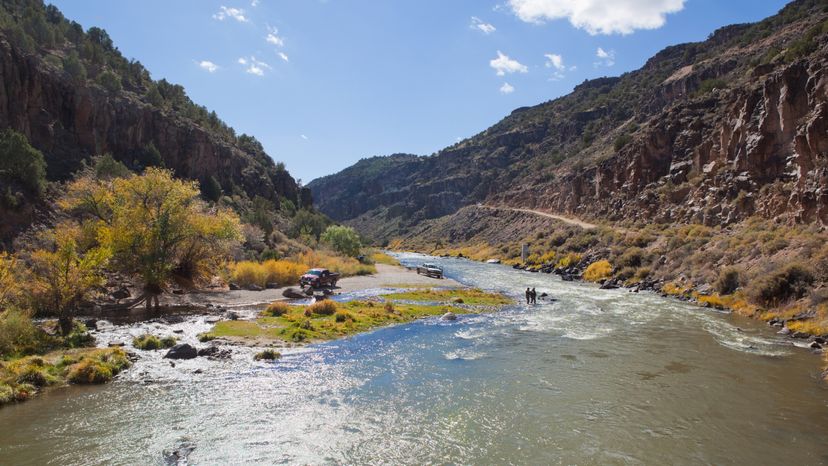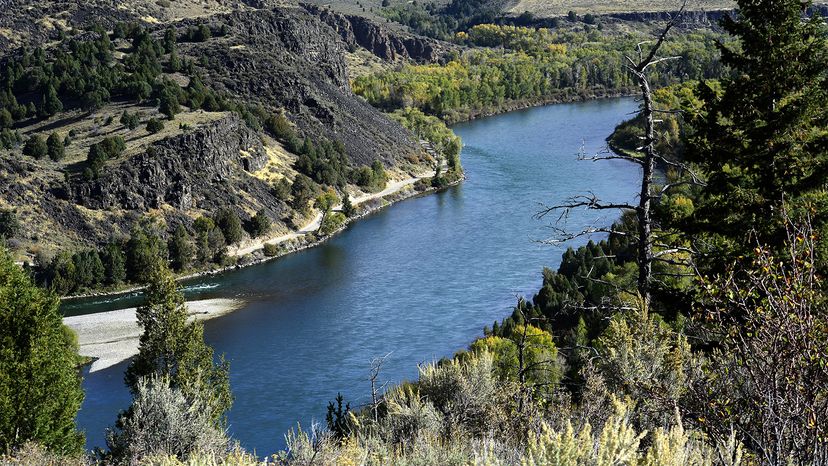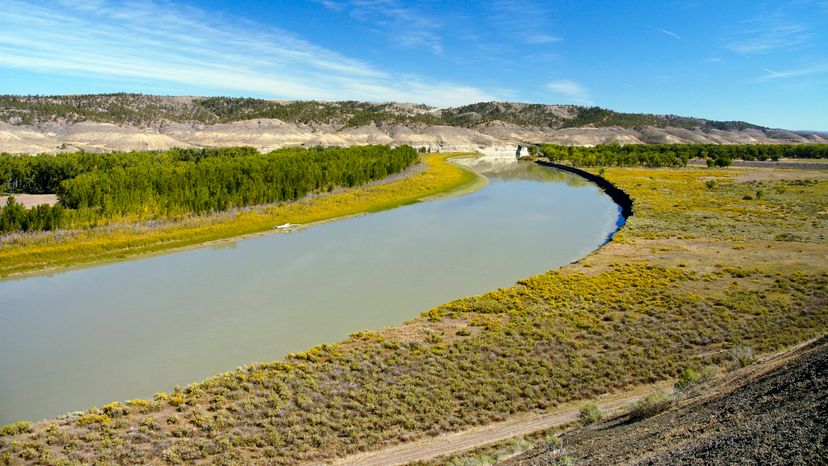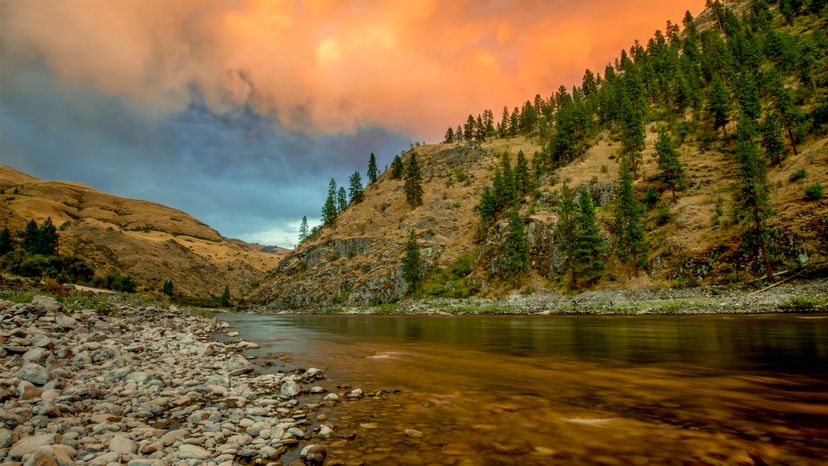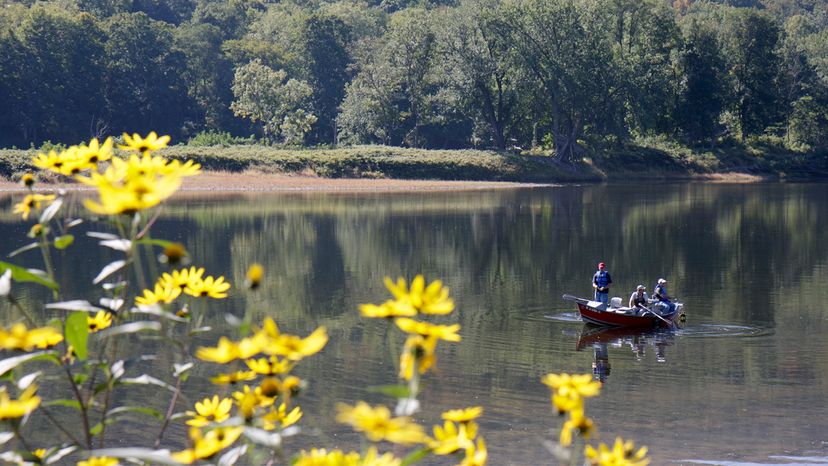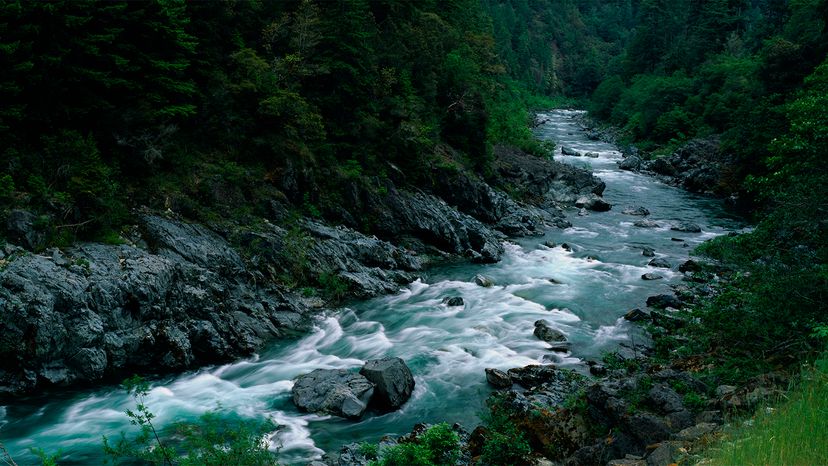
Long, short, winding or rushing, there's no doubt rivers are an integral part of the ecosystem. They serve as hydroelectricity and of course having some fun.
But in the later part of the 19th century, industrialism swept through the United States, bringing mills, shops, and factories to the banks of fast-flowing rivers in order to harness the power of water for electricity. Big dams were built to impede the natural flow of a river and create a reservoir used to store water and create hydroelectricity. While dams do bring benefits, there are also costs; they trap sediment and logs that are needed for habitat downriver, erode downstream riverbanks and cause migratory fish born upstream to struggle to make the round trip to spawn.
Advertisement
